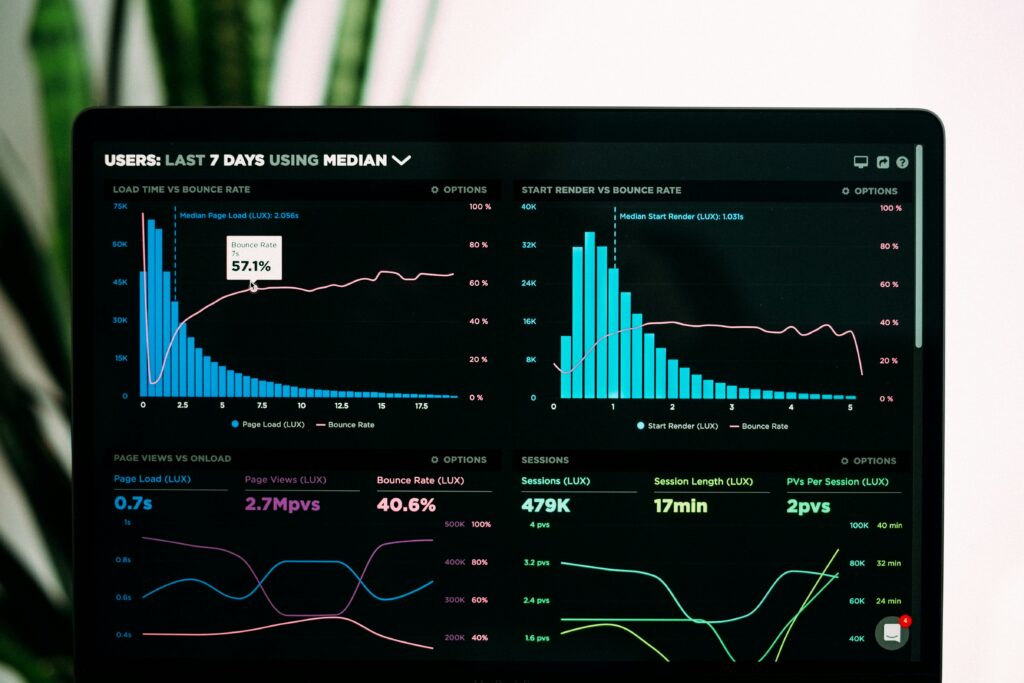In this article, you’ll learn:
- How Inclusive Learning and Development (L&D) transforms employee growth
- Why DIEP (Diversity, Inclusion, Equality, and Purpose) is critical to learning strategies
- How a strengths-based, data-driven, and human-centered approach drives success
- The business and employee benefits of inclusive L&D in the Future of Work
Have you ever sat through a training session that had nothing to do with your strengths, interests, or career goals?
Or been expected to master a brand-new skill overnight, with no real support?
Traditional L&D often follows a one-size-fits-all model. The Future of Work demands something more: An inclusive, personalized, and data-driven approach that unlocks potential, fuels engagement, and builds purposeful careers.
The Future of Work needs learning that is human-centered and future-focused.
The shift from traditional to inclusive Learning and Development
For decades, companies used standardized training programs focused mainly on compliance and technical skills.
But rigid structures ignore the uniqueness of individual talents, learning styles, and aspirations.
Inclusive L&D changes that.
Key differences:
- Traditional L&D trains broad skills for general roles.
Inclusive L&D aligns development with personal strengths and career goals. - Traditional L&D reacts to skill gaps.
Inclusive L&D proactively fosters lifelong learning and adaptability. - Traditional L&D relies on outdated classroom models.
Inclusive L&D leverages technology, coaching, mentorship, and real-time experience.
Why Inclusive Learning and Development matters
For companies:
- Higher retention and engagement: Employees stay when their growth is valued.
- Improved innovation: Diverse, continuously learning teams spark better ideas.
- More agile, future-ready teams: Continuous upskilling keeps companies ahead.
- Stronger talent pipelines: Development becomes a natural part of succession planning.
For employees:
- Higher job satisfaction and well-being: Growing with your strengths creates energy, not exhaustion.
- Reduced burnout: Developing what you’re good at feels more natural and sustainable.
- Increased career mobility: Continuous learning opens new doors.
- Stronger work-life balance: Building skills aligned with strengths makes career shifts more fulfilling.

The power of a strengths-based approach
Instead of forcing people to be good at everything, Inclusive L&D builds on what employees already do well.
A common mistake? Trying to turn a “3” into a “10.”
The better move? Turn a “6” into a “9”—with less effort, more impact, and far greater results.
Principles of strengths-based learning:
- Identify talents and energizers early.
- Focus development on amplifying these strengths.
- Encourage continuous mastery rather than one-time achievements.
- Align employee strengths with business needs for mutual success.
Learning that fits fuels sustainable careers and sustainable companies.
Creating a culture of continuous learning
In inclusive companies, learning doesn’t just happen in formal training rooms—it’s woven into the everyday fabric of work.
Key elements:
- Lifelong learning: Growth isn’t a one-time event—it’s ongoing.
- Integrated development: Projects, mentorship, and feedback shape real-time learning.
- Accessible learning: Digital platforms make learning flexible and available to all.
- Data-driven personalization: Skills gaps and aspirations shape learning paths.
- Human-centered connection: Coaching, mentorship, and peer learning stay vital alongside technology.
Data-driven learning with a human heart
The best learning strategies balance data insights with human connection.
- Data shows patterns: What skills are growing, where gaps exist, who is thriving.
- Human feedback shapes meaning: Learning must connect to real aspirations and wellbeing.
- AI tools personalize recommendations: Tailoring learning to each employee’s strengths and ambitions.
The ROI of Inclusive Learning and Development for companies
For employees:
- Greater job security and career mobility
- Higher satisfaction from working with their strengths
- More meaningful contributions to team and company success
- Better mental health, energy, and motivation
Learning and development must evolve beyond outdated, one-size-fits-all models.
The Future of Work demands inclusive, purpose-driven, strengths-based strategies, ones that prioritize human potential, not just technical skill sets.
Inclusive L&D doesn’t just help employees do their jobs. It helps them grow, thrive, and find fulfillment. It helps companies innovate, adapt, and lead.
Life is far too great to spend in a job that doesn’t support your growth.
Whether you’re an employee or a leader, embracing Inclusive Learning and Development is the key to building sustainable success, for yourself and for the future of work.



